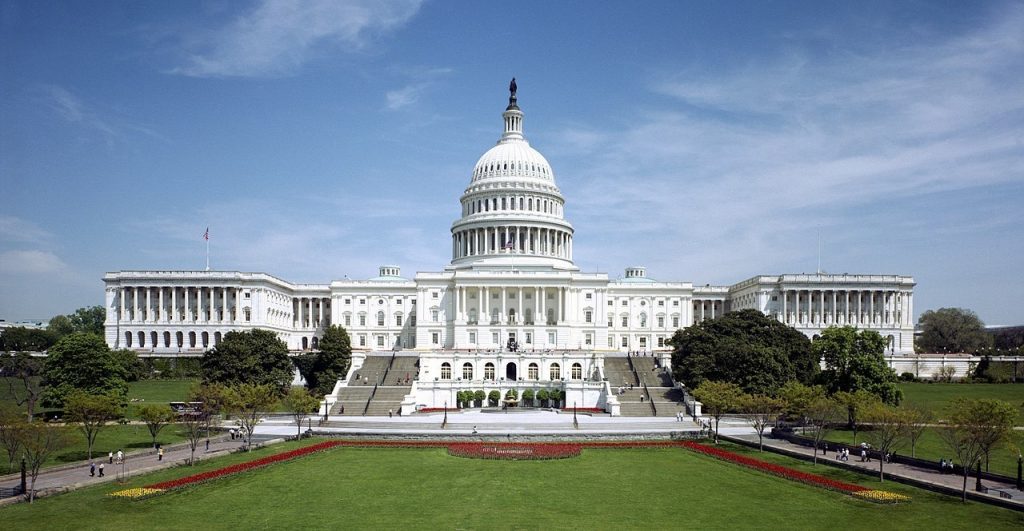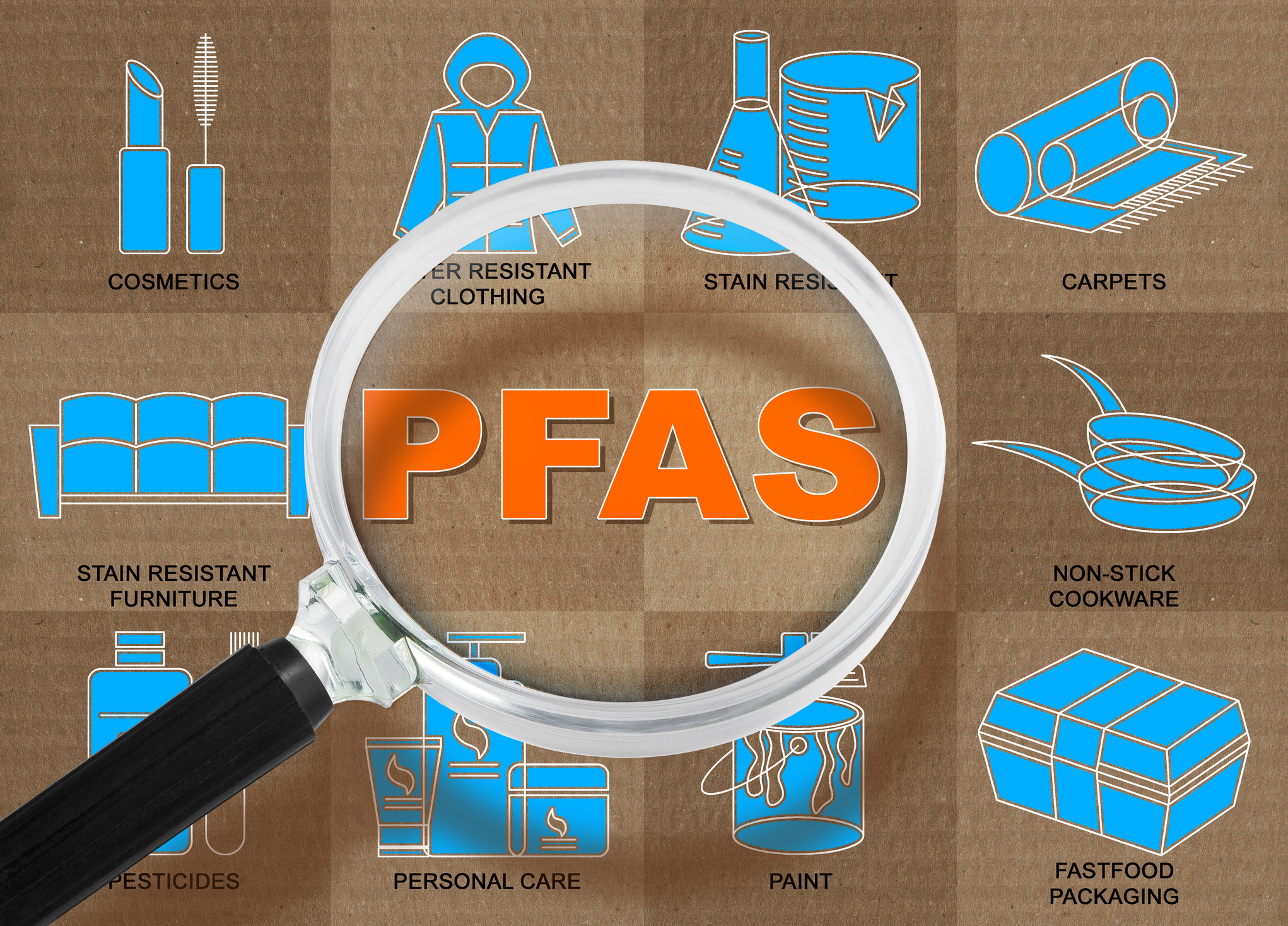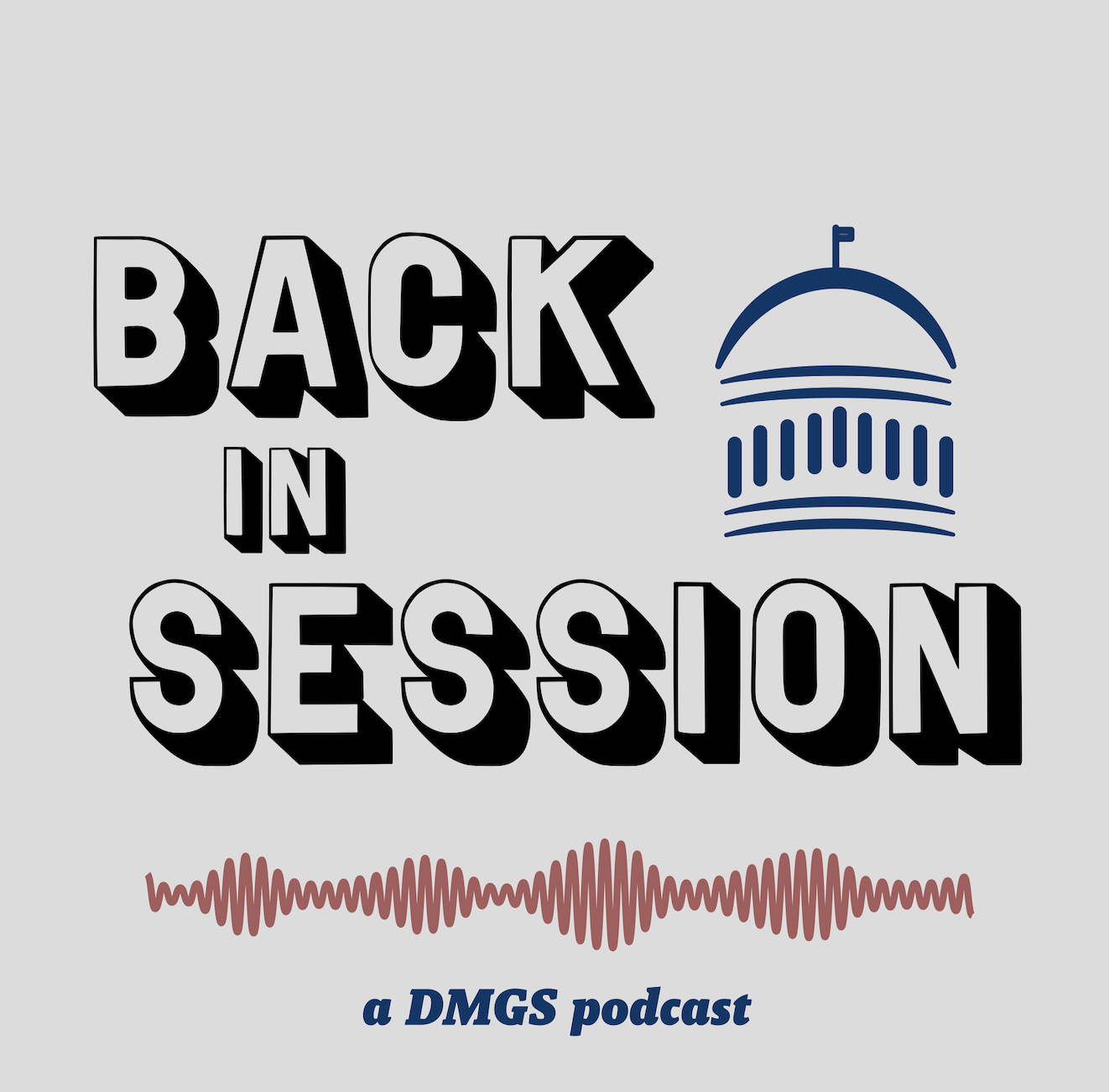
President Trump’s proposed FY2021 budget proposes curtailing $920 billion in Medicaid spending and $756 billion in Medicare spending over 10 years. To achieve that reduction, the Trump’s budget assumes that all the various policies it proposes are implemented. Those policies, however, are either tied up in court or facing other opposition. The Health and Human Services Department’s (HHS) annual budget proposal presumes that expanded work requirements, tighter beneficiary eligibility screening, and capped or “block grant” state funding will all go into effect for Medicaid. The HHS budget also assumes savings of $756 billion in Medicare through 2030 by reducing fraud and waste and relying on lower payments to hospitals through “site-neutral” payment policies. These approaches to restricting spending in the nation’s two largest public health programs reflect the indirect ways the White House wants to curb popular programs in an election year.
Medicaid
States currently receive unlimited funding for Medicaid based on need. Under the proposed budget, the administration would allow states to apply for a new “Healthy Adult Opportunity” initiative through the Medicaid waiver process. The initiative would supply capped payments to states that expand Medicaid to new populations, such as adults that became eligible for the program under the Affordable Care Act (ACA). States that receive block grants, which would not apply to traditional Medicaid populations such as low-income children or adults with disabilities, would also receive flexibility in how they administer their programs. That could include setting up drug formularies, or lists of covered medications, and changing cost-sharing requirements for covered individuals.
The administration also wants able-bodied adults who enroll in Medicaid to be subjected to a work requirement. If such programs were to be implemented, they would be likely to shrink the population of recipients.
To date, the Centers for Medicare & Medicaid Services (CMS) has approved eleven state work requirement programs and is reviewing nine others. Although the programs are caught up in legal challenges, the administration still assumes that they would save Medicaid $8 billion in 2021 and more than $152 million through 2030.
In 2018, Pennsylvania received the fourth most Medicaid spending, $30 billion, behind California, New York, and Texas. Ohio received $21 billion and New Jersey $15 billion.
Medicare
Medicare’s finances are in even worse shape than Medicaid as the program prepares to enroll millions of aging baby boomers in the coming years, doubling spending to $1.5 trillion in 2028. The administration has trod lightly around benefit cuts in Medicare, fully aware that a backlash from the program’s potent senior voting bloc could severely damage Trump’s re-election bid. Trump suggested in a January interview that cuts to programs like Social Security and Medicare would be under consideration if he wins a second term in office.
Implementing Medicare’s “site-neutral” payment policy, which would pay the same lower rate for services whether provided at a doctor’s office or in a hospital, is a top goal for CMS. A federal judge scrapped the policy last year, saying it was a programmatic overreach, but the Trump administration again implemented it this year and is facing another round of litigation. The White House purports that site-neutral Medicare payments would save more than $164 billion over 10 years.
The administration is also calling for cuts in Medicare payments for doctors’ residency training programs and hospitals’ uncompensated care. Those proposals would cut an estimated $52 billion and $88 billion, respectively, over 10 years. The administration also projects that revamping Medicare payments for care after a patient leaves the hospital would likewise reduce spending by more than $101 billion over the next decade.
H. Res. 826
The House expressed disapproval of the Trump administration’s recent Medicaid block grant plan under H. Res. 826. A group of House Democrats wrote in a Jan. 29 letter to the administration that block grant waivers “would give states the ability to limit and remove enrollees or cut certain health care benefits and rates.” The nonbinding resolution would urge the administration to withdraw its policy and “cease its campaign to undermine and weaken Medicaid.”
Latest News
Photo credit: iStock.com/Motortion In 2022, the U.S. Supreme Court decision in Dobbs v. Jackson Women's Health Organization overruled a federal constitutional guarantee of freedom to abortion. Since then, legislation concerning reproductive healthcare—including access to [...]
Photo credit: iStock.com/Francesco Scatena Recent trends across the country have seen several states introducing bills to ban certain chemicals, particularly perfluoroalkyl and polyfluoroalkyl substances (PFAS), in consumer products. According to the EPA, PFAS are persistent [...]
Photo credit: iStock.com/naturalbox The debate over raw milk legislation has intensified in 2024, with several states introducing or passing bills that address the sale and distribution of unpasteurized dairy products. Raw milk has not undergone [...]
In this episode of the Back in Session podcast, hosts Ryan Stevens and Ryan DeMara sit down with Terra McClelland, President of the State Government Affairs Council (SGAC) and Vice President of Government and External [...]






Stay In Touch